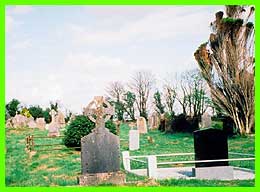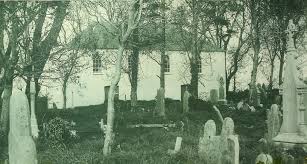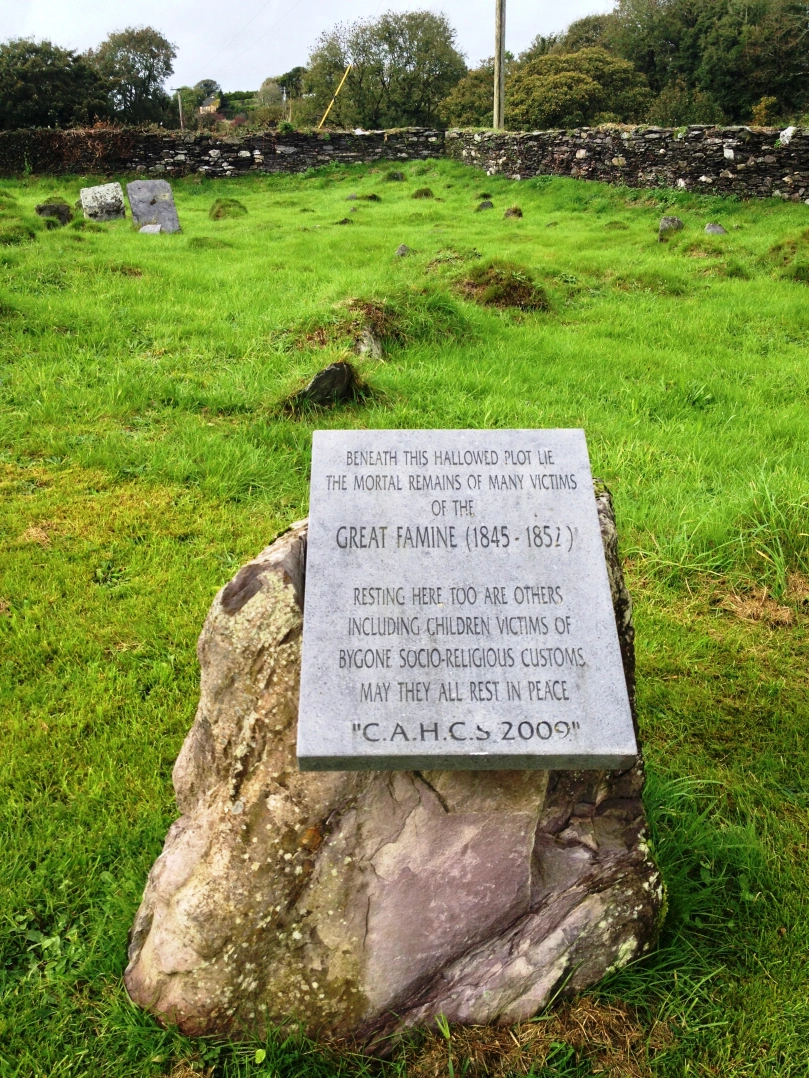An Overview of Bandon's Historic Graveyards: Echoes of the past
- bandonhistory
- May 10
- 3 min read
Nestled in the heart of West Cork, Bandon's graveyards serve as silent witnesses to centuries of history, reflecting the town's cultural, religious, and social evolution. Each cemetery tells its own story, offering insights into the lives of those who once walked the streets of Bandon.
St. Mary’s (Famine) Graveyard
Established in May 1847 during the Great Famine, St. Mary's Graveyard was acquired by the Bandon Board of Guardians from Andrew Brady to address the dire need for burial space due to overcrowding in existing cemeteries like Ballymodan. Located near the Bandon Workhouse and the auxiliary workhouse at Overton Cotton Mills, it became the final resting place for at least 3,000 famine victims. Locally known as "Brady’s Hole," it was the burial site for those without means or family. In the 1930s, Canon Martin Murphy renamed it St. Mary’s Cemetery, honoring the memory of those interred there. bandonparish.ie
Ballymodan Graveyard
Situated on the south side of Bandon, Ballymodan Graveyard encompasses the site of a pre-Reformation church and is believed to be within an ancient ringfort, as evident from aerial photographs. This cemetery was utilized by the early English settlers before the establishment of St. Peter's Church in the early 1600s. Notably, it is the burial site of Cornelius O’Sullivan, a distinguished chemist who passed away in 1907. O’Sullivan made significant contributions to biochemistry during his tenure at Bass Brewery in Burton-on-Trent. A stained-glass window in the local parish church commemorates his legacy.
Kilbrogan Graveyard
Located north of the River Bandon, Kilbrogan was the center of the old parish of the same name. The Catholic chapel here was constructed in 1796 by Father Shinnick and remained in use until the early 1920s. The ruins of this chapel still stand, bearing witness to its historical significance. Tradition holds that Bishop William Delany (1804–1886) was born in the sacristy of Kilbrogan on Christmas Day. The graveyard is the final resting place for several priests who served the community over the centuries. historicgraves.com+1Facebook+1
St. Patrick’s Cemetery
Adjacent to St. Patrick’s Church, this cemetery was inaugurated in 1881, with Andrew Hickey being its first interment. Over the years, it has undergone several expansions—in 1914, 1945, and 1999—to accommodate the growing community. The cemetery features a republican plot and is the burial site for seven former parish priests. Set against the backdrop of the Gothic Revival-style St. Patrick’s Church, designed by George Goldie and completed in 1861, the cemetery continues to serve as the main burial ground for the parish. Buildings of Ireland
Kilhassen Chapel and Graveyard
Approximately three miles west of Bandon, in the townland of Knockaveale, lies the historic Kilhassen Chapel and its adjoining graveyard. Dating back to at least 1680, as indicated by a stone on the chapel's gable, this site served as a significant religious center during the Penal Laws era. Father Donal Hurley was the parish priest here in 1704, and an extension to the church was added around 1730 by Father Daniel Quinlan. In 1942, Canon Scannell conducted an excavation of the site, revealing the church walls, stone altar, credence table, and a safe for sacred vessels. The graveyard contains several uninscribed grave markers, hinting at the many souls laid to rest there. bandonparish.ie
Bandon's graveyards are more than mere resting places; they are chronicles etched in stone, narrating tales of faith, resilience, and community. For those interested in delving deeper into the town's rich history, these cemeteries offer a tangible connection to the past, inviting reflection and remembrance.














